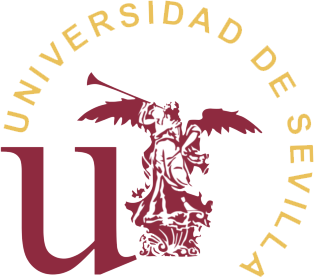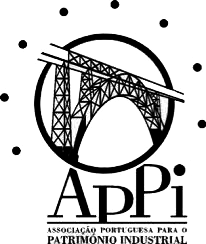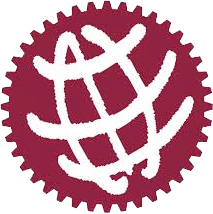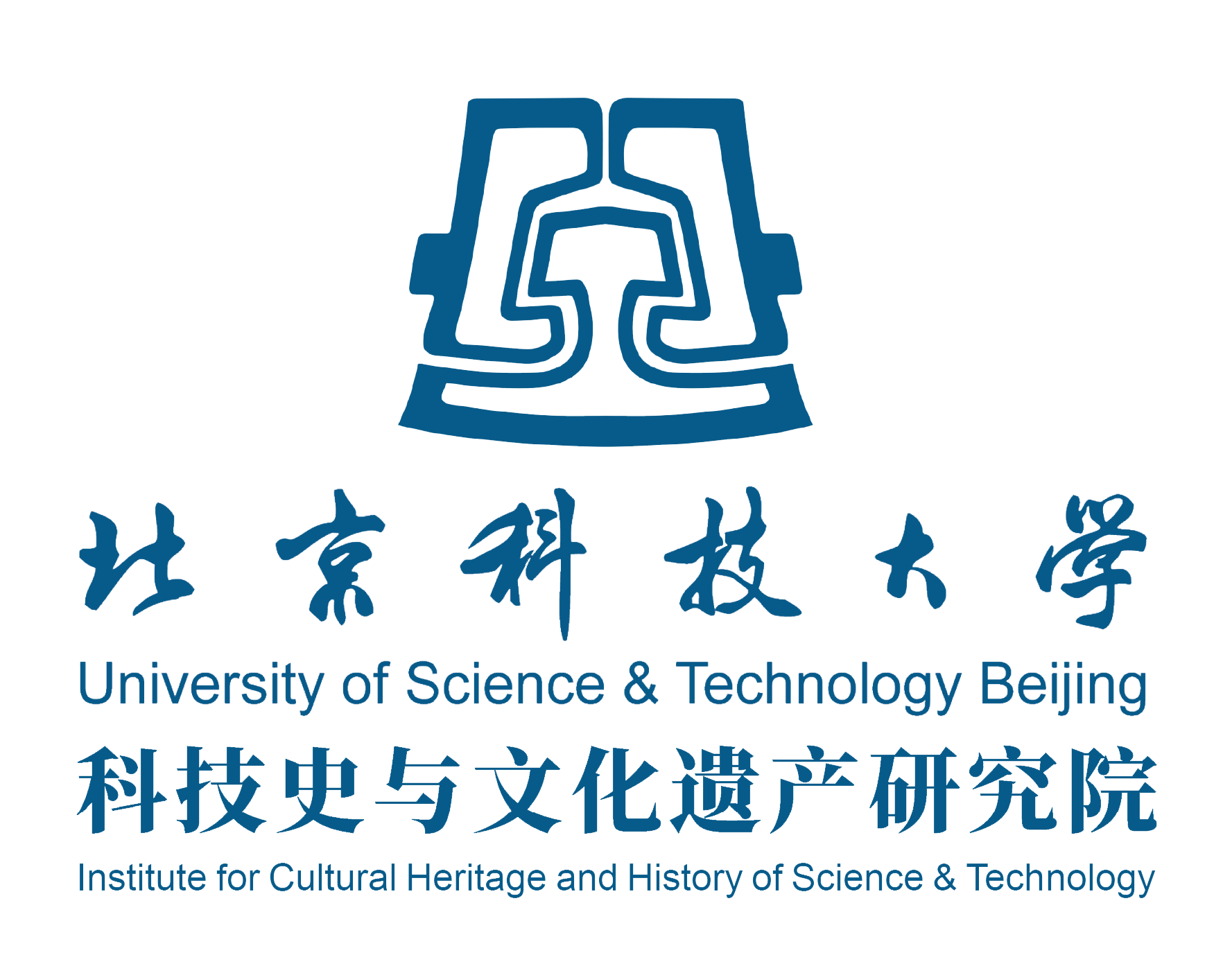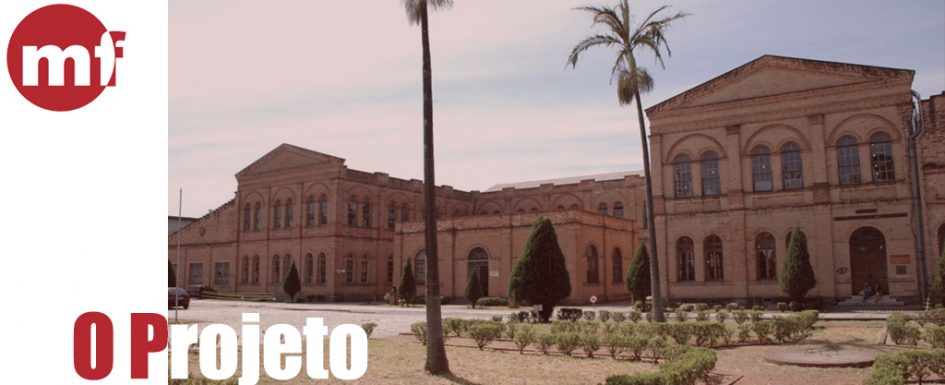
Since 2007, the staff of the Laboratory of Cultural Heritage has developed studies on the industrial heritage of Transport. It was assumed that the process of industrialization and the role of transportation in this context were to be understood- by means of resources to all vestiges (documents, buildings, equipment, places, oral narratives, etc.) about its implantation in Brazil and its consequences in different dimensions (social, political, cultural, technological or economic). At the same time, direct contact with the conservation conditions of these traces led to patrimonial issues (identification, valuation, public recognition, conservation, and dissemination).
Later on, the study of railway heritage stood out from other topics, from a broad perspective: the institutional and social valuations attributed to relics and sources; its qualification as a particular type of heritage (“railway industrial heritage”); its forms of management; and how this type of heritage requires attention – from its remaining buildings to documentary material, through movable assets and working memory.

On the one hand, the importance of monographic studies of railway companies as an industrial activity was evident. To research these companies, it means to know the relevance of technological knowledge (knowledge of engineering or architecture, manufacturing of traction and load vehicles) and its interrelation with aspects architectural (production and workspace), economic (product and capital movement), social (labor relations) or cultural (such as workers’ recreation or symbolic aspects), as well as the territorial dimension of railway infrastructure.
On the other hand, it put us again on the question of railway heritage, in a broader perspective: the institutional andsocial valuations attributed to it; its qualification as a particular type of heritage (industrial) and its forms of management; and as this type of heritage demands attention from the historic monuments to the historical heritage, passing through the movable assets and the working memory- for that reason the project’s intention is to realize a “full inventory”. That is, to be aware of the different types of material and intangible assets related to the railway company. From the conditions of a multiplicity of the production of sources and industrial remains, their dispersion, and difficulty of preservation, it was understood that a cross-sectional reading of the question of industrial patrimony is necessary. It is now clear that it is from a rigorous disciplinary research practice (conceptual review, consistent tools, and resources to diverse sources), that a multidisciplinary effort (a strong combination of instruments from diverse areas) is needed for the preservation of industrial patrimony. Finally, from the reflections made in the investigations of the team, the team perceived the historical complexity of transportation in contemporary society and the complexity of the study and management of railway industrial heritage.

During this 10-year period, we were continually provided with public resources from funding agencies (FAPESP, CNPq, CAPES) in conducting research, training of human resources in undergraduate and postgraduate studies, and scientific events. This site fulfills the function of giving public dissemination to many of the results obtained by the team during this period, in the form of a database with a documentation inventory, reproduction of historical documents, scientific production, thematic bibliographical survey and our own cartographic production (for the cartographic viewer). We hope that this material will be used to subsidize other research as well as actions to protect this type of industrial heritage.
The project intends to establish a permanent inter-institutional exchange that allows broadening the local visions and extending the understanding of the industrial patrimony in the international context. To that end, we have been working in collaboration with researchers and national and international institutions. It is important for new generations to construct and expand their reflections and critical readings in a comparative way, comparing American particulars and global interactions.



